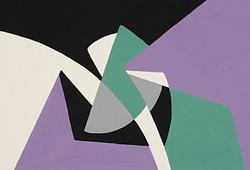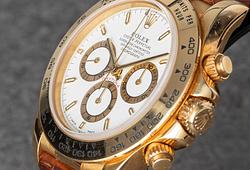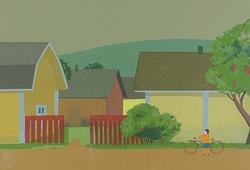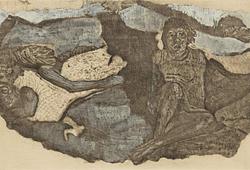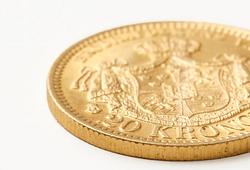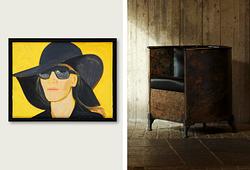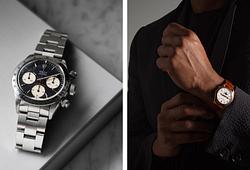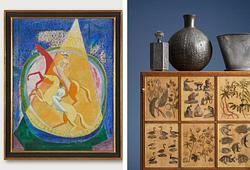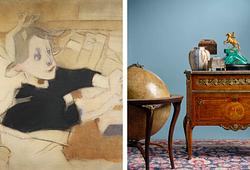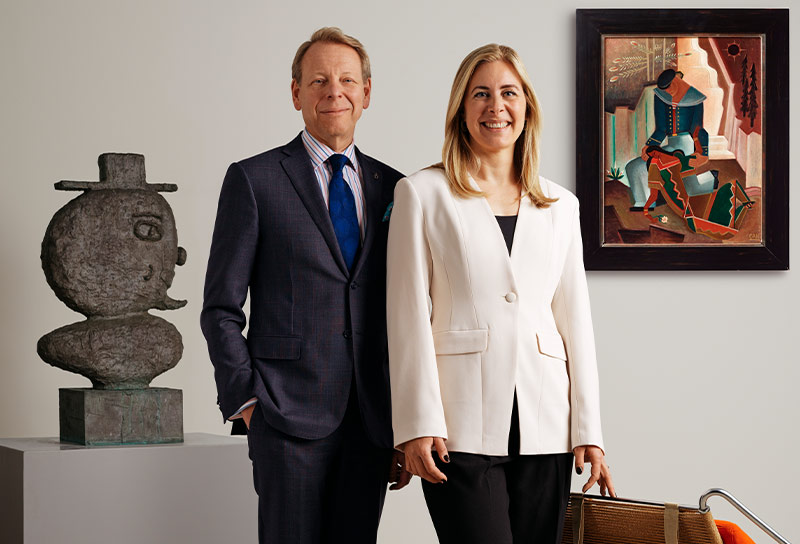Modern Art & Design presents Charlotte Perriand
Charlotte Perriand
Bukowskis proudly presents an iconic table by French designer Charlotte Perriand, executed ca 1956 by André Chetaille for Galerie Steph Simon in Paris. The "Forme Libre" table is presented at this spring's major live auction Modern Art & Design.
In every important decision there is one option that represents life, and that is what you must choose.
– Charlotte Perriand
The innovative French architect and designer Charlotte Perriand spoke of “l’art d’habiter,” or the “art of living.” She saw her designs not simply as objects but as part of a larger social program to extend the pleasures of modern life. Her long career encompassed much of the history of modern design in France, and over the years Perriand collaborated with Le Corbusier, Pierre Jeanneret, and Jean Prouvé. Through her own practice, she led projects in Europe, Asia, and South America.


Born in Paris in 1903, Perriand trained in furniture design at the Central Union of Decorative Arts school (École de l'Union Centrale des Arts Décoratifs) between 1920 and 1925, during the golden age of Art Deco. After graduating, Perriand sought employment with the modernist architect Le Corbusier, who in 1927 offered her a job in his studio. There, she was responsible for interior design and a series of notable exhibitions. In the 1930s, Perriand shifted her focus, and her outlook became more egalitarian and democratic. In her designs of the period, she began to use traditional materials such as wood and rattan, which were more affordable alternatives to the chromed steel of modernist machine-age design. Perriand came to find inspiration in the rusticity of furniture made in Savoie in the French Alps, where she often visited her paternal grandparents. At the end of the 1930s, she designed the first of a series of tables that would come to be known as “forme libre” or “free-form”.
When the Germans occupied Paris in the summer of 1940, Perriand left France for Japan. Her interest in traditional crafts continued to grow during her years in exile, when she studied traditional Japanese woodwork and weaving. Perriand returned to France after the end of the war in 1946, heavily influenced by Eastern culture, both in terms of design and philosophy of life. During the second half of the 1940s, Perriand was in high demand, and through her own practice she led many notable projects at the same time.
In March 1956, Galerie Steph Simon opened on Boulevard Saint-Germain in Paris. Perriand was the gallery's artistic director and leading exhibitor alongside Jean Prouvé. The gallery issued several of Perriand's furniture models designed during the 1930s and onwards, mainly executed in the workshop of master cabinetmaker André Chetaille. The series of organically shaped furniture grew, and the present table is arguably one of Perriand's most iconic forms. Not only for its beauty but because in many ways it sums up her humanist design, with an emphasis on human tactile values. The table is made of solid mahogany, where the curvature of the top is shaped so that all those sitting can face each other, and the thickness and profile of the top correspond to the shape and size of a human hand. The form is thus not random, but carefully considered by Perriand to practice the “art of living”.

The table will be sold at Modern Art & Design
Estimate: 1 000 000 - 1 500 000 SEK
Viewing: May 14–19, Berzelii Park 1, Stockholm
Open May 14 12 PM–6 PM, weekdays 11 AM–6 PM, weekends 11 AM–4 PM
Live auction: May 20–21, Arsenalsgatan 2, Stockholm
Read more about Modern Art & Design
Requests & condition reports Contact specialist

Tukholma
Camilla Behrer
Johtaja, Design and Moderni taidekäsityö
+46 (0)708 92 19 77
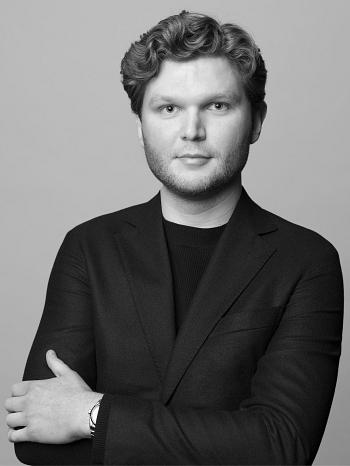
Tukholma
Karl Green
Specialist Modern an Contemporary Decorative Art & Design
+46 (0)700 07 94 25
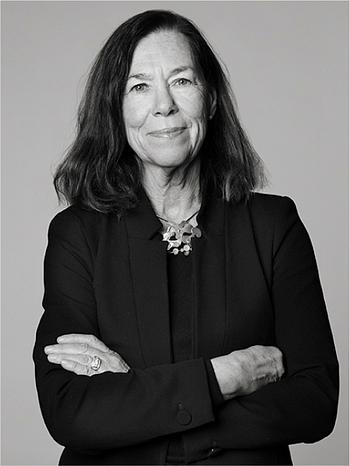
Tukholma
Eva Seeman
Johtava asiantuntija, moderni ja nykyaikainen taidekäsityö & design
+46 (0)708 92 19 69




